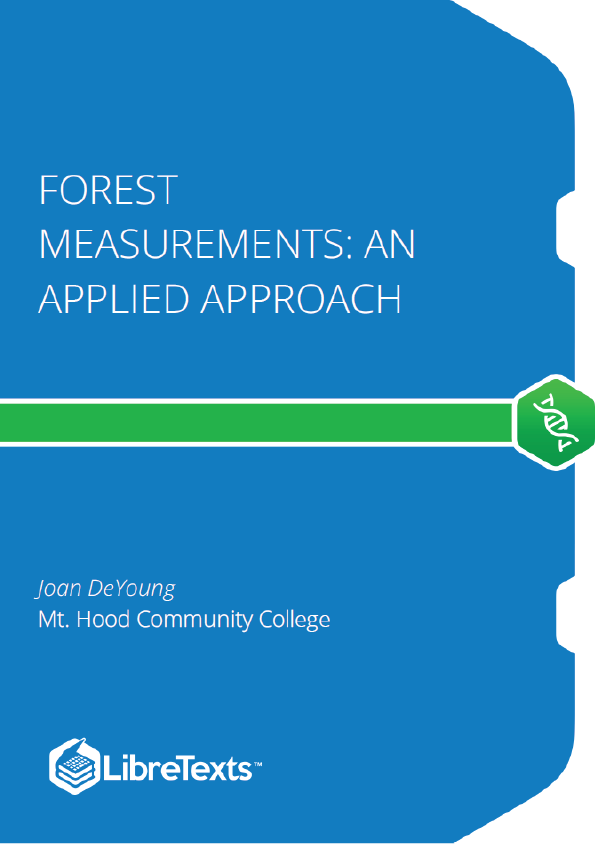Here in the Pacific Northwest, we are fortunate to work in a landscape of varied landforms – from volcanic peaks to wide valleys; from steep, forested hillsides to gently rolling savannas; from rapidly cascading mountain streams to meandering river floodplains. Our varied topography is an integral part of our forest ecosystems, influencing our climate, soils, water, plant life and fish habitat (Figure 1.1). As natural resource technicians, we are often called upon to assess the topography, and one of the common elements we measure is the slope of the land. How steep is the hillside? Does the slope drain to a stream? Are there cliffs or bluffs present? Field data collected by technicians lead to informed decisions about land management activities such as providing shade for streams, building roads or trails, and prescribing timber management operations.
Figure 1.1. The Muddy Fork of the Sandy River originates from snowfields on the west flank of Mt. Hood, carrying coarse gravels and sand downstream. Fine soils from the surrounding steep, forested slopes also make their way down the slope to the river.
Defining Slope
Slope of the land is essentially the gradient or incline of the land. A steep slope refers to a sharp incline; a gentle slope refers to a slight incline. The steep, forested slopes in Figure 1.1 contrast with the gentler slope of the river’s path as it flows between them.
Driving down a highway you may see a road sign that reads “6% Grade” or “steep grade.” The grade of the road is essentially the slope of the road. The sign in Figure 1.2 indicates that the road descends at a 6% grade or a 6% slope.
Figure 1.2. A road sign indicating an 8% grade, or 8% slope. (www.dot.state.co.us) A 6% slope means that the road elevation changes 6 feet for every 100 feet of horizontal distance (Figure 1.3).
Figure 1.3. A road climbs at a gradient of 6%. The road gains 6 feet in elevation for every 100 feet of horizontal distance. Note that the length of the road itself is longer than 100 feet. Mathematically, slope is defined as “the rise over the run” (or the rise divided by the run), where rise equals change in elevation and run equals horizontal distance:
In our road example, the six foot change in elevation is the rise and the 100 foot horizontal distance of the road is the run. Driving uphill, we climb a +6% slope (Figure A below). Driving downhill, the “rise” is actually a “drop,” so we have a negative slope, or a downhill slope (Figure B below). When dealing with slope, a positive slope simply means uphill and a negative slope means downhill. A negative number does not mean “minus” as in algebraic expressions.
Note that the actual road distance is the hypotenuse of the illustrated slope triangle. Its length is called slope distance. Slope distance is always longer than the horizontal distance, or run. Applying the Pythagorean Theorem (a + b = c ) to this triangle, we can calculate the slope distance, or hypotenuse (c).
- a + b = c where: 100 + 6 = c 10,036 = c ft.
- a = horizontal distance or run (in this example 100 ft.)
- b= change in elevation or rise (in this example 6 ft.)
- c = road distance or slope distance (in this example 100.2 ft.)
We calculated a slope distance of 100.2 ft. for a run of 100 ft. As you can see from this example, in a forest, a 6% slope would be considered a gentle slope.
Note that %slope is unitless and proportional. Therefore, it can be applied to any unit of measure (inches, yards, centimeters, etc.) and to any length. For example, a 25% slope is simply a 25:100 ratio. The 25% slope below shows that for every inch of horizontal distance, the slope rises .25 inches. For every 10 centimeters of horizontal distance, the slope rises 2.5 cm, and for every 5 inches of horizontal distance, it rises 1.25 inches.











